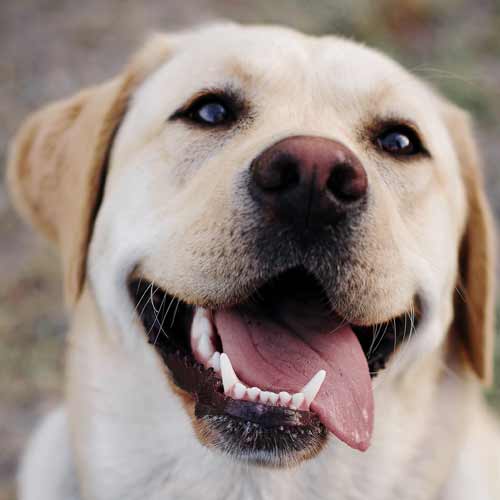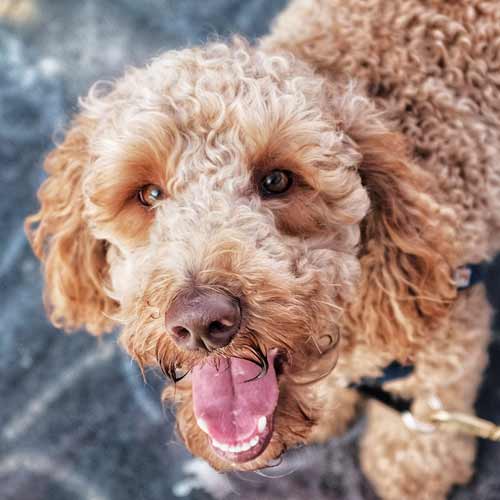A common question for many dog owners is: "How do I treat separation anxiety in my dog?" We've done some research and we hope this information is helpful in your search for answers.
One of the most difficult problems to deal with in a pet dog is separation anxiety. If you’re like the majority of people, you have to leave your dog home alone in order to work, shop, and attend appointments.
Having a dog that barks, whines, howls, destroys items, or harms themselves when left alone makes these simple activities difficult.
We’ll visit several of the ways you can work on mild separation anxiety at home within this article.
For severe cases of separation anxiety, you should seek the help of a professional trainer or behavior consultant, such as a Certified Separation Anxiety Trainer. Many of these trainers do excellent virtual work, even if you don’t have one local to you.
What is Separation Anxiety?
Before we can talk about treating separation anxiety, we need to talk about what it is, exactly. Not every dog that barks when left alone in a kennel is suffering from separation anxiety.
Separation anxiety is the severe panic that a dog feels when left alone.
Some dogs may bark because they just don’t want to miss out on the fun, out of frustration rather than anxiety and fear.
It can sometimes be difficult to tell the difference, but a dog that is reacting out of fear, rather than frustration, is usually more likely to urinate/defecate and exhibit other signs of fear, such as shaking and drooling.
Dogs that are exhibiting true separation anxiety often need the help of a professional trainer, as well as a veterinary behaviorist, in order to solve the problem.
The dogs that can be helped with the methods in this article are often the dogs that are frustrated or mildly anxious about being left alone, rather than experiencing a complete panic.
How to Treat Separation Anxiety
The first step to treating mild separation anxiety and frustration about being left alone is to teach your dog how to be comfortable on their own in short, small sessions.
Ideally, this should be done when your dog is already tired and content, such as after a walk when they are normally ready for a nap.
You should also consider starting this process using a baby gate, kennel, or exercise pen that allows your dog to see you.
Starting with just a few minutes at a time, put your dog in their own space, giving them something to occupy their time.
Many times, dogs that are frustrated and feel like they are missing out by being on the other side of a barrier will do better when they have a toy or treat, such as a Kong stuffed with PB and dog food and frozen.
Your dog may not know how to relax on their own, and giving them a Kong or a similar toy can help them learn how to spend time on their own.
If your dog shows signs of anxiety or frustration, that means you’ve progressed too quickly. We want your dog to feel comfortable this whole time!
After your dog has spent a few relaxing minutes away from you, bring them back out. You want to bring them back into a room with you before they start to become anxious, to avoid practicing that behavior.
Following these same steps, start lengthening the time that your dog can stay without you.
Other factors to consider include:
- Whether or not your dog can see you
- How much exercise your dog has had that day
- If there are other anxiety-inducing factors happening, such as storms
In the meantime, dog walkers and dog daycares can help break up your dog’s day, to keep them happy and content as you work on training.






